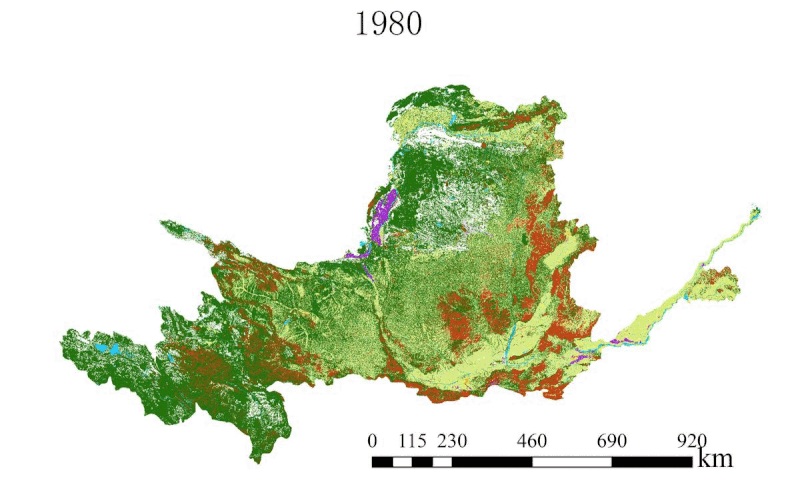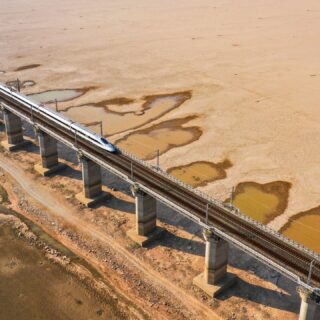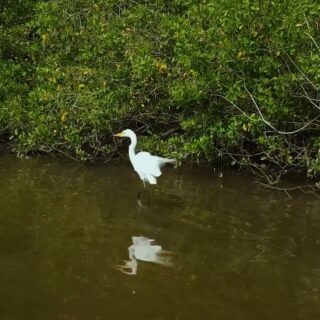Contribution from population change and socio-economic development not to be ignored
Land use changes in the Yellow River basin since this century concentrated in its central and eastern regions
Land provides the basis for livelihood and development, and the change in land use is the most direct reflection of anthropogenic interference to the nature.
Liao et al. (2020) analyzed the changes in land use in the Yellow River Basin from 1980 to 2015. Their results show that,since the beginning of the 21st century, most land use changes in the Yellow River basin took place in the middle and east regions of the basin. Urbanised land took an evident increase by 44.32%. Grassland, arid land and forests are the main types of land use in the Yellow River basin, of which the former two decreased by 1.6% and 1.23% respectively, while forests increased by 2.53%.

Urbanised land Arid land Unused Forests Water body Paddy field Grass land
Although the reasons behind land use changes are complex and diverse (Jia et al. 2007), Liao et al. (2020) think that the contribution from population change and socio-economic development to such changes cannot be ignored.
The increase of urbanised land and forests is closely related to China’s economic development and afforestation activities in the basin. Soil and water conservation measures such as afforestation have well reduced soil erosion and hence sedimentation, and played a positive role in the ecological conservation and high-quality development of the Yellow River (Hu et al. 2020). In its future economic development, it is necessary to continue the efforts in soil conservation and ecological rehabilitation, which, of course, are hinged on proper policy implementation. These would form the foundation for the rational and sustainable development of resources in the Yellow River Basin.
Full paper
- Liao Hui, Shu Zhangkang, Jin Junliang, Yang Chuanguo, Wang Guoqin. Study on the characteristics and driving forces of land use change in the Yellow River basin from 1980 to 2015. South-to-North Water Transfers and Water Science & Technology. http://kns.cnki.net/kcms/detail/13.1430.TV.20200520.1 (in Chinese with English abstract)



